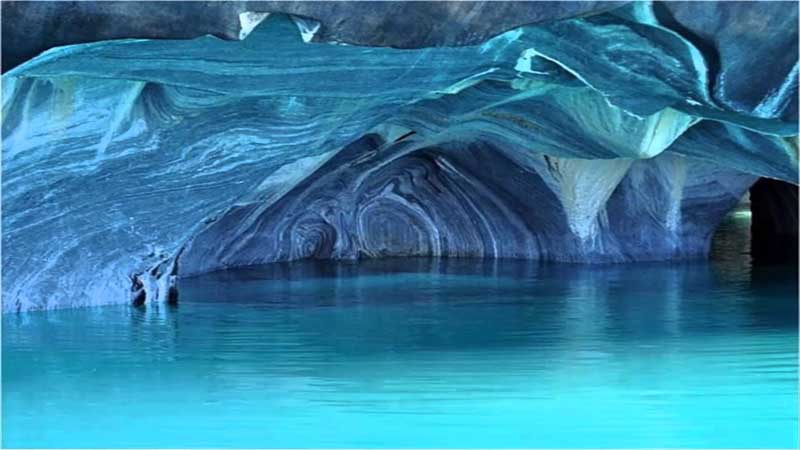9 famous limestone caves with pictures
🌐
Of all the sea caves found in the world, limestone caves are the most common type. They form when rainwater absorbs carbon dioxide from the air to form a weakened solution called carbonic acid. The presence of this acid in the water erodes the limestone, gradually dissolving it over time, creating a cave.
Some limestone caves also owe their existence to the process of erosion, where particles found in large volumes of running water or ocean waves grind off the rocks to wear them away, giving them shape. The sheer beauty and enormity of the limestone caves draw people in awe. Not only are limestone caves common, they are also in the majority in many parts of the world. Here are some of the most fascinating limestone caves.
Mound Cave:
Hills Cave, located near the Blue Hills in Wisconsin, USA, is a natural limestone cave that began to form about a million years ago. Formed by a variety of mineral deposits and stalactites and stalagmites found inside the cave, the cave is considered America’s “jewel box” for its beauty.
Jeita Grotto Limestone Cave:
The longest cave in the Middle East is the Jeito Grotto Cave in Lebanon, which is 9 kilometers long. Jeita Grotto Cave consists of two separate but interconnected limestone caves with a large number of stalactites and stalagmites, considered the pride of Lebanon. Visiting the cave requires a ride on an electric boat, and deep inside you will be plunged into deep silence.
see more: underwater cave diving
Hida Limestone Cave:
Another beautiful cave to explore is the Hida Limestone Cave in Japan. It opens 800 meters below the waterfall and is home to an exquisite finger-shaped spiral rock cave. The interior of the cave is illuminated by beautiful lights that create a sparkling glow on the cave walls and on the water below. The tour inside the cave is via a long bridge built for this purpose.
Jenolan Caves:
The oldest and most breathtaking cave in the world is Jenolan Caves in the Blue Mountains near Sydney, Australia. It is Australia’s most treasured cave, and its spectacular formations and pristine underground river make it Australia’s most visited cave.
see more: crystal cave
Limestone Caves and Waterfalls:
A limestone cave in Catalonia, Spain, with its pristine waterfall cascading from below, is sure to grab anyone’s attention. A crack in the cave wall allows the sunlight’s rays to filter, making the water sparkle and take on a golden hue.
Carlsbad Caverns:
Carlsbad Caverns near Carlsbad, New Mexico is home to the seventh largest natural limestone cave in the world, commonly known as the “Great Room.” Measuring 4,000 by 625 feet and 350 feet, the cave is adorned with stalactites, stalagmites, and other diverse landforms, and is easily accessible.
Cave Pool:
A limestone cave near Chichen Itza in Mexico’s Yucatan Peninsula has a natural swimming pool. The lights inside the cave, combined with the sunlight that seeps in through the cracks overhead, reflect a myriad of colors, making this cave an absolute pleasure to indulge in.
see more: Aurangabad caves
Marble Cave:
The Marble Caves in the city of Liplian, Kosovo, are kart limestone caves believed to have formed around 80 million years ago. The cave’s greatest glory is that it is a marble peak formed by a rare phenomenon of limestone metamorphism. Although open to tourists, most of the caves remain undeveloped.
Gouffre Berger limestone cave:
The Gouffre Berger limestone cave in France, once considered the deepest cave in the world at 3,681 feet above sea level, is now the 28th deepest cave in the world and the 4th deepest cave in France. Don’t be fooled by its deadly calm, the cave has taken many lives in heavy rain and stormy weather, with water levels rising rapidly.

